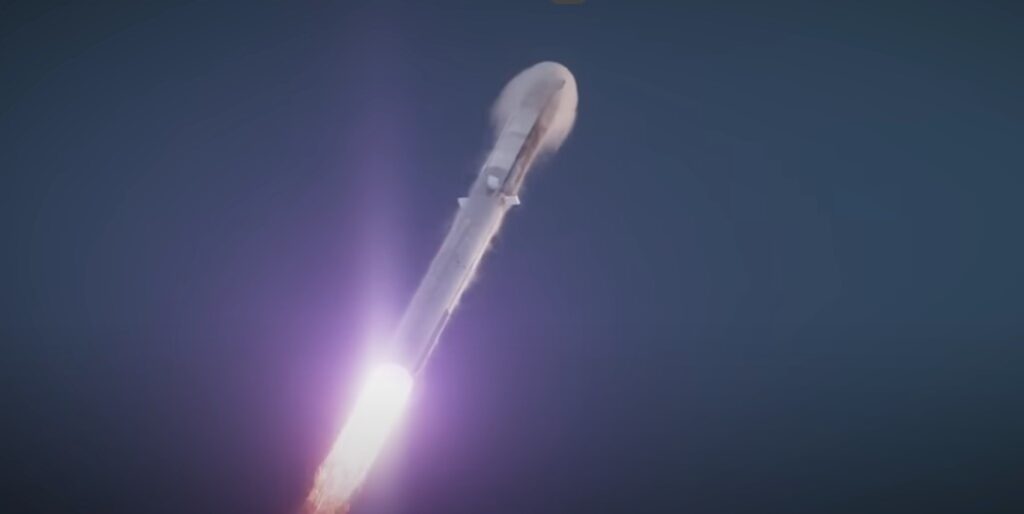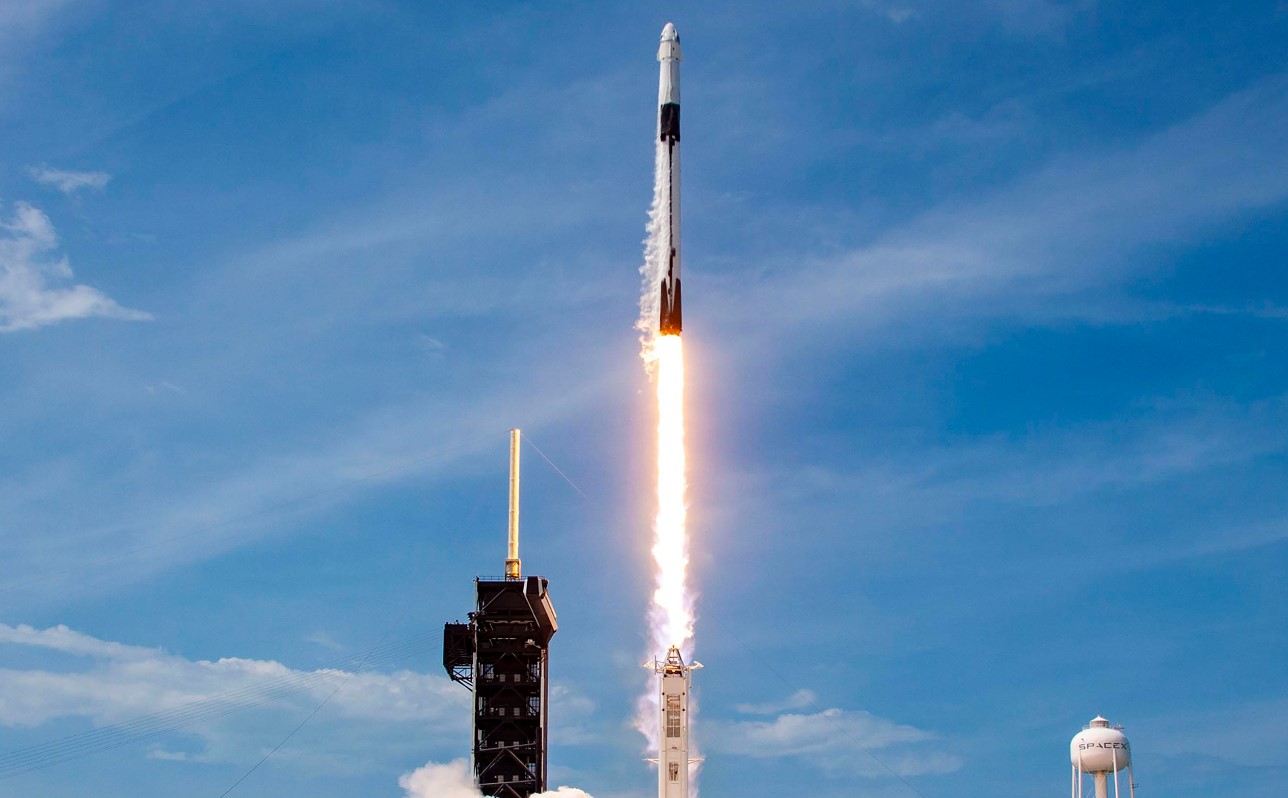Contents
SpaceX Launches 23 Starlink Satellites on Falcon 9 Rocket from California: A Giant Leap for Global Connectivity
On January 24, 2025, SpaceX successfully launched 23 Starlink satellites into orbit from California’s Vandenberg Space Force Base, marking another milestone in the company’s ambitious space program. The Falcon 9 rocket lifted off at 9:07 a.m. EST (1407 GMT; 6:07 a.m. local time), showcasing SpaceX’s continued innovation and dominance in the commercial space industry.

The Mission Overview
The Falcon 9 rocket, carrying 23 Starlink satellites, embarked on its journey from Vandenberg Space Force Base. The first stage booster returned to Earth just eight minutes after liftoff, landing smoothly on the drone ship “Of Course I Still Love You” in the Pacific Ocean. This marked SpaceX’s 401st successful recovery of an orbital-class booster. The rocket’s upper stage then carried the satellites to low Earth orbit, deploying them approximately 64 minutes after liftoff.

The Significance of the Launch
This launch was the 11th Falcon 9 mission of 2025 and the seventh Starlink mission of the year. Starlink, already the largest satellite constellation ever assembled, continues to expand its network. With more than 6,900 operational satellites, Starlink aims to provide high-speed internet access worldwide, particularly in remote and underserved regions. This mission brings the constellation closer to achieving global coverage, reinforcing SpaceX’s role as a leader in satellite deployment and reusable rocket technology.
Coursey : Youtube @ The Express Tribune
The Booster’s Legacy
The Falcon 9’s first stage booster, B1063, has now completed 23 missions, with 14 of those dedicated to Starlink deployments. This particular booster has become a symbol of SpaceX’s commitment to reusable rocketry, contributing significantly to the company’s mission of reducing space travel costs and increasing accessibility. By reusing rockets, SpaceX not only lowers the cost of launches but also reduces waste and promotes sustainability in space exploration.

The Impact on Global Connectivity
Starlink’s mission to provide high-speed internet access anywhere on the globe is a game-changer for global connectivity. By expanding its satellite constellation, Starlink aims to bridge the digital divide, offering reliable internet service to areas where traditional infrastructure is lacking or non-existent. This has the potential to revolutionize education, healthcare, and economic opportunities in remote regions. For instance, students in rural areas can access online educational resources, doctors can provide telemedicine services, and businesses can engage in global commerce.
Technological Innovations
SpaceX continues to push the boundaries of space technology with each launch. The Falcon 9 rocket used for this mission incorporates the latest advancements in aerospace engineering. Its Merlin engines are designed for maximum efficiency and reliability, ensuring a successful launch and recovery. The rocket’s autonomous landing capabilities have been refined to achieve pinpoint accuracy, allowing for multiple reuses of the booster.

The Starlink satellites themselves are equipped with advanced communication technologies. They operate in low Earth orbit, reducing latency and providing faster internet speeds compared to traditional satellite internet services. Each satellite is interconnected, creating a mesh network that ensures continuous coverage even if one satellite experiences issues.
Environmental Considerations
SpaceX is mindful of the environmental impact of its launches. The company has implemented several measures to minimize its carbon footprint. The use of reusable rockets significantly reduces the amount of debris generated by each launch. Additionally, SpaceX is exploring green propulsion technologies to further reduce emissions from its rockets.

Future Prospects
With each successful launch, SpaceX brings us closer to a future where space travel is routine and accessible. The company’s vision extends beyond providing global internet coverage. SpaceX plans to use the revenue generated from Starlink to fund its ambitious Mars colonization project. The development of the Starship rocket, capable of carrying humans to Mars, is already underway. Starship will build upon the technological achievements of the Falcon 9, featuring even more advanced capabilities.

Conclusion
SpaceX’s successful launch of 23 Starlink satellites on January 24, 2025, is a testament to the company’s relentless pursuit of innovation and excellence in the commercial space industry. This mission not only advances Starlink’s goal of global internet coverage but also highlights the importance of reusable rocket technology in making space travel more sustainable and accessible. As SpaceX continues to push the boundaries of what’s possible, the future of global connectivity looks brighter than ever.
Also Check ; Stimulus Check 2025

